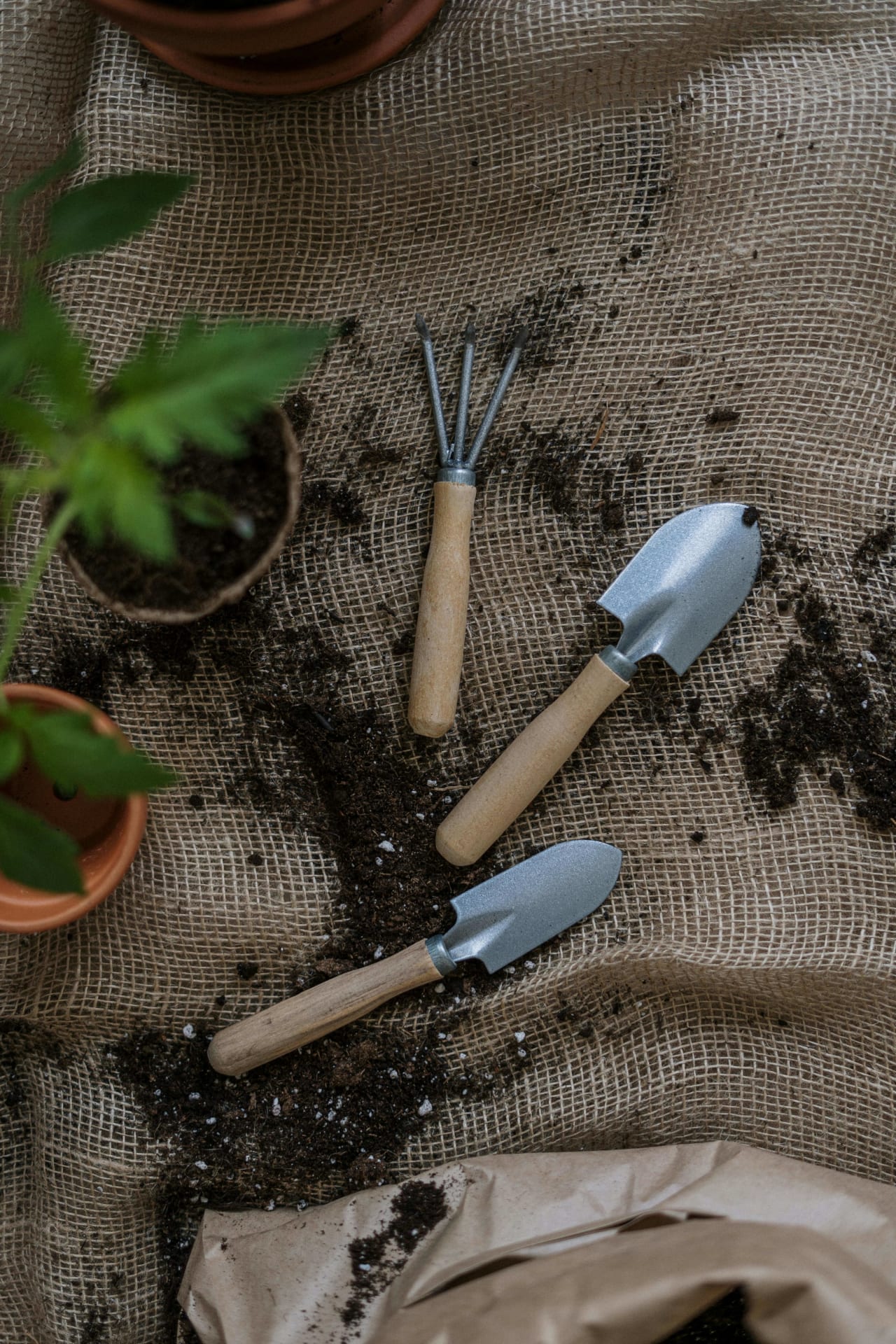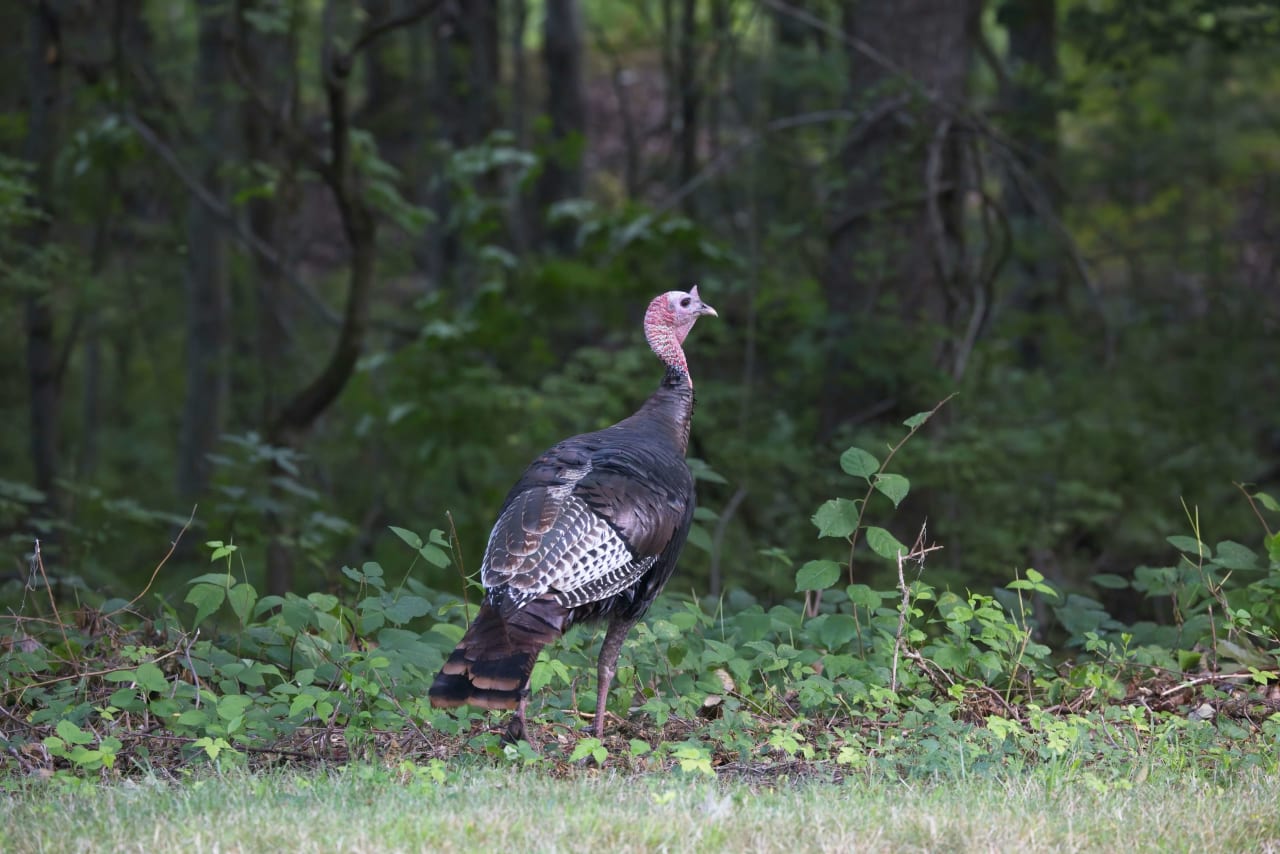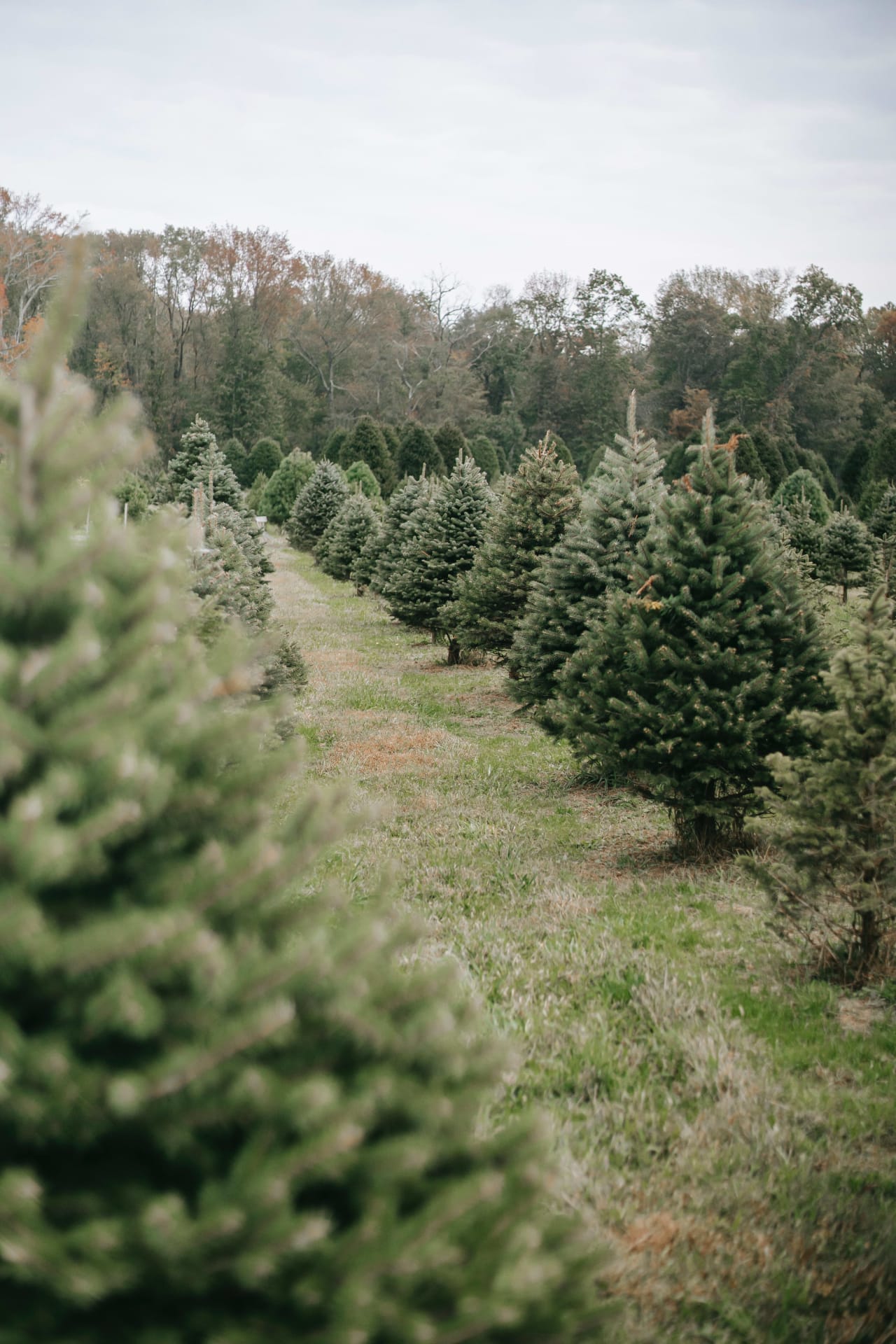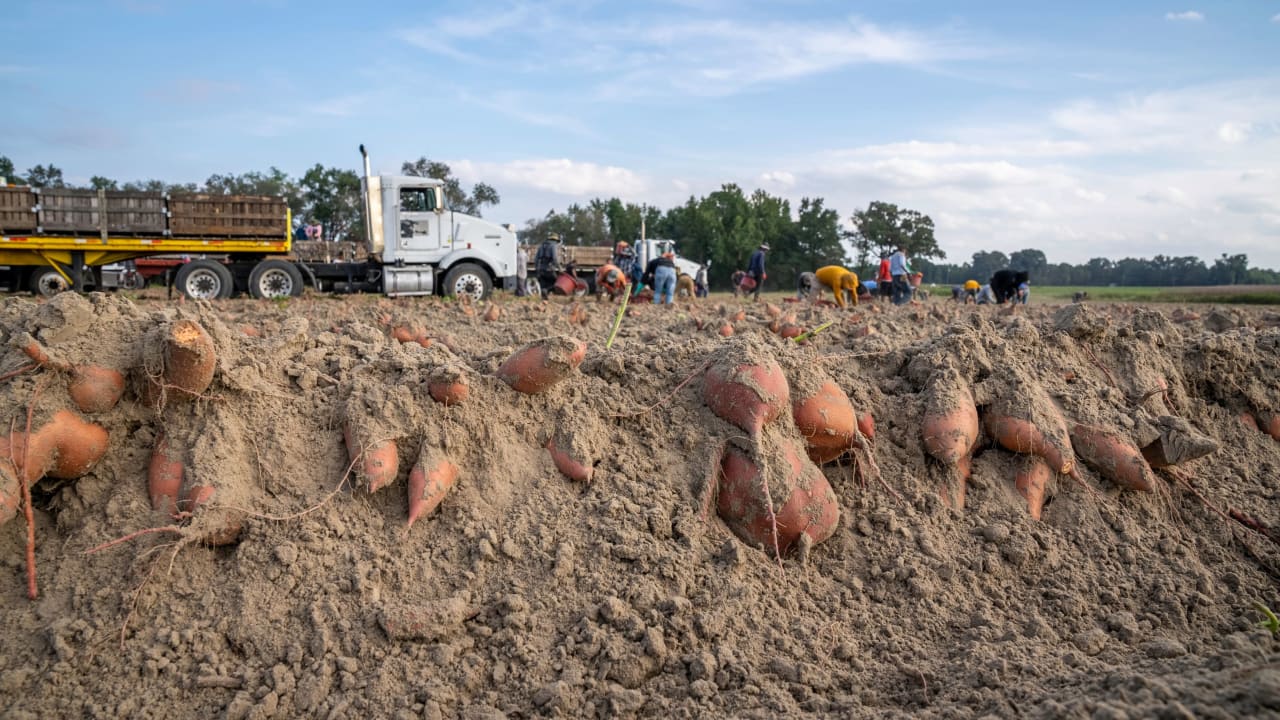Garden Bed Preparation


Spring is just around the corner and with it comes spring cleaning and gardening! Legacy Farms and Ranches would like to share with you some helpful tips in preparing your garden. We will also recommend many of the delicious vegetables that will make it to your table for you and the whole family to enjoy.
Preparing garden beds in North Carolina involves several steps to ensure optimal growth for your plants and vegetables. Here's a guide:
Choose the Right Location: Select a spot in your yard that receives adequate sunlight (at least 6-8 hours per day) and has good drainage. Avoid areas with heavy clay soil or low-lying spots prone to flooding.
Clear the Area: Remove any existing vegetation, including grass, weeds, and roots. Use a shovel, hoe, or a tiller to turn over the soil, breaking up clumps and removing debris.
Soil Testing: Before planting, it's essential to test your soil's pH and nutrient levels. You can purchase a soil testing kit or send a sample to your local agricultural extension office for analysis. Based on the results, you may need to amend the soil with lime to raise pH or organic matter like compost to improve nutrient levels and soil structure.
Add Organic Matter: Incorporate plenty of organic matter into the soil to improve its fertility, drainage, and moisture retention. Good options include compost, well-rotted manure, leaf mold, or peat moss. Spread a layer of organic matter over the garden bed and work it into the soil to a depth of 6-8 inches.
Create Raised Beds (Optional): If your soil is poor or drainage is a concern, consider building raised beds. Use untreated lumber, concrete blocks, or other materials to construct raised beds, filling them with a mix of topsoil and compost.
Mulch: Apply a layer of organic mulch, such as straw, shredded leaves, or wood chips, to help suppress weeds, retain moisture, and regulate soil temperature. Aim for a thickness of 2-3 inches, making sure to leave a gap around the base of plants to prevent rot.
Install Irrigation: Consider installing a drip irrigation system or soaker hoses to ensure consistent moisture for your plants, especially during hot, dry periods.
Plan Your Planting Layout: Determine what plants you want to grow and arrange them according to their space requirements, sunlight preferences, and planting times. Follow spacing recommendations to avoid overcrowding and promote healthy growth.
Planting: Once your garden bed is prepared, it's time to plant your chosen crops. Follow spacing and planting depth guidelines specific to each type of plant. Water newly planted seeds or transplants thoroughly.
Maintenance: Regularly monitor your garden for pests, diseases, and weeds. Water as needed, ensuring that the soil remains consistently moist but not waterlogged. Consider applying organic fertilizers or compost tea throughout the growing season to replenish nutrients.
By following these steps, you can create healthy, productive garden beds that will yield bountiful harvests throughout the growing season.
North Carolina's climate offers a diverse range of growing conditions, making it suitable for a wide variety of vegetables. Here are some of the best vegetables to consider for a garden:
Tomatoes: Tomatoes thrive in our warm summers and can be grown successfully throughout the state. They require full sun and well-drained soil.
Bell Peppers: Bell peppers also do well in North Carolina's climate. They prefer full sun and fertile, well-drained soil.
Green Beans: Green beans, including both bush and pole varieties, are easy to grow and produce abundantly during the warmer months.
Zucchini and Summer Squash: These fast-growing vegetables are well-suited to North Carolina's growing season. They require full sun and regular watering.
Cucumbers: Cucumbers thrive in warm weather and produce prolifically in our climate. Provide support for vining varieties and consistent moisture.
Sweet Corn: Sweet corn is a popular crop that is found in many gardens. Plant your corn in blocks rather than rows for good pollination and kernel development.
Leafy Greens: Greens like lettuce, spinach, kale, and collard greens can be grown successfully in cooler months, particularly in the fall and early spring.
Broccoli and Cauliflower: These cool-season crops can be grown in milder climates, especially in the fall and early spring.
Okra: Okra thrives in the hot and humid conditions of our summers. It's a traditional Southern vegetable that's easy to grow.
Herbs: Many herbs, including basil, rosemary, thyme, and parsley, can be grown successfully. They require well-drained soil and plenty of sunlight.
When planning your garden, consider factors such as your specific location within North Carolina, available space, and your personal preferences for taste and culinary use. Additionally, rotating crops annually can help prevent soil depletion and reduce the risk of pests and diseases.
Legacy Farms and Ranches hopes that you found this article beneficial and will result in a bountiful garden harvest this year!

NC Solar Greenhouses

Spring Striper Fishing in North Carolina

NC 2024 Turkey Season is Close

Spring Garden Bed Preparation

NC DDC Dixe Deer Classis 2024

Finding Homes on Land in Central North Carolina

NC Christmas tree industry

2023 NC Blue Fin Tuna has Started

Sweet Potato (Ipomoea batatas)
If you have a unique country home, hunting or fishing land, or other premier North Carolina property for sale, call Legacy Farms and Ranches today to learn how they can help you market your property to thousands of discerning viewers across the country.